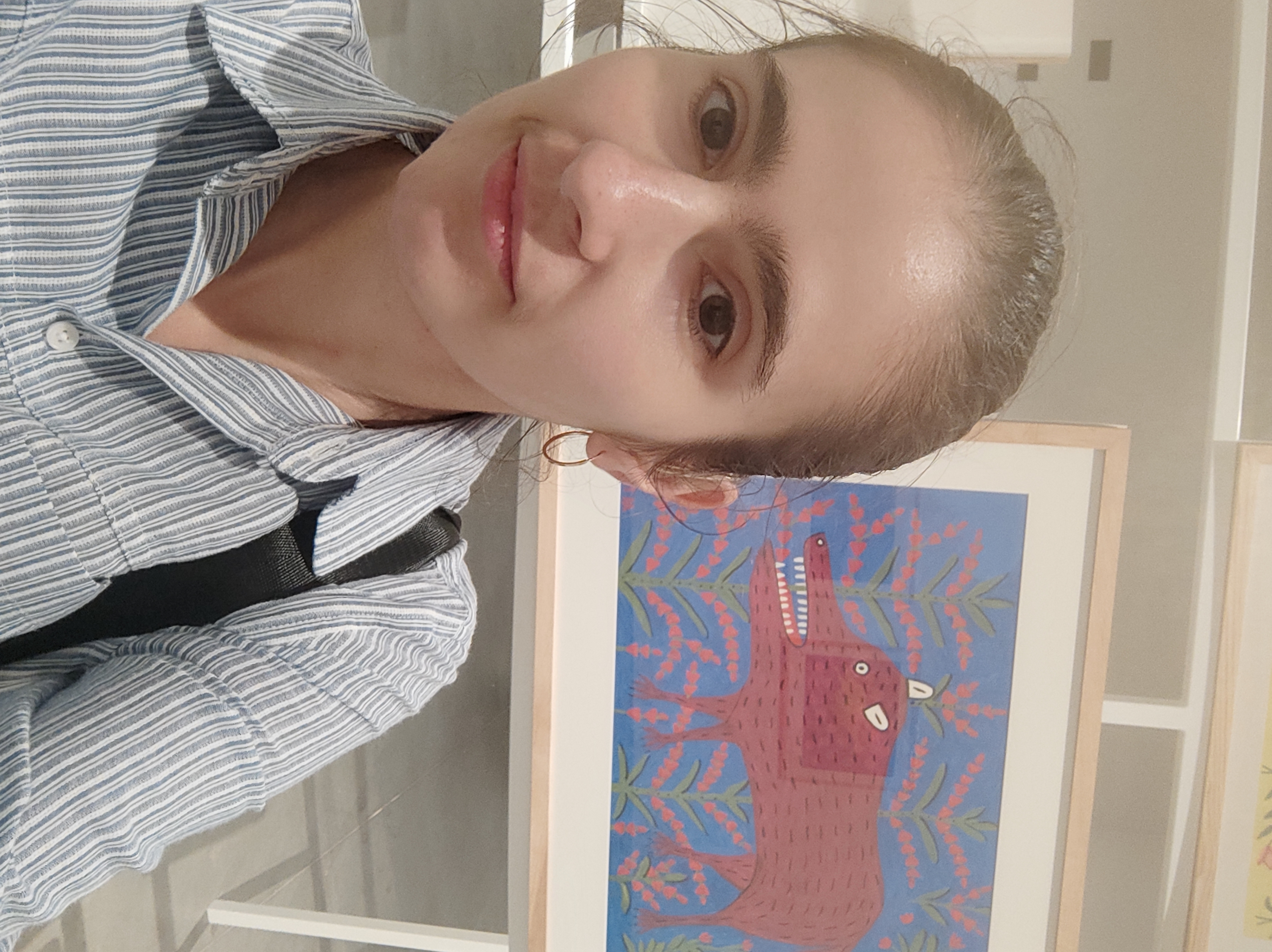Anastasiia Bozhenko
Decolonisation of the Uncomfortable Architectural Heritage: the Case of Kharkiv
Anastasiia Bozhenko, V. N. Karazin Kharkiv National University

Anastasiia Bozhenko is a Senior Lecturer at the V. N. Karazin Kharkiv National University, Department of Ukrainian Studies, and a member of the NGOs Urban Forms Center and Art-Oborona, which are working with the architectural modernist heritage. She carried out a research project under the scholarship of the Center for Urban History of Central and Eastern Europe (Lviv, Ukraine, February 2019) and German Historical Institute in Warsaw (2022–2024). Her research interests comprise heritage studies, memory studies, urban history, and postcolonial studies. Recent presentations include: 1) “Soviet Industrial Heritage: Between Nostalgia and Denial.” Contested Heritage in the 21st Century: Eastern Europe and Beyond, KU Leuven, Belgium, 20–21 October 2022, Online Workshop; 2) “The Socialistic Dream Embodied In Contemporary Urban Space: The Case Of Nowa Huta, Krakow, and KhTZ, Kharkiv.” Virtual Symposium On Architecture, Urbanism, Heritage, & Hybridity In Post-Colonial Conditions. Liberated Histories & Imperial Afterlives. Online, 19–20 November 2022.
Project Description
“Decolonisation of the Uncomfortable Architectural Heritage: the Case of Kharkiv”: the full-scale invasion of the Russian Federation has actualized the perception of imperial and Soviet architecture in the urban space of Ukrainian cities. The first objective is studying the anthropological practice within the architecture of the Soviet period in Kharkiv. How could we describe such objects? Should they be introduced as an uncomfortable heritage? The second step is a comparative perspective of heritage practices within Central Europe (mostly in the Polish context). Finally, the research involves a methodological discussion of placing Soviet architectural heritage within totalitarian and colonial frameworks. The case of Kharkiv is selected because of two reasons. First, the city became a regional centre during the Soviet Union period, while it was a capital of Soviet Ukraine in the interwar period. Colonial architecture completely defines the city’s historical centre. The second reason is the severe damage of the architectural monuments during the first months of the full-scale invasion. The debated pros and cons of their renovation include the perception of colonial architecture as well. Thus, the results of the proposed research project could be used in the discussions of potential future renovations.